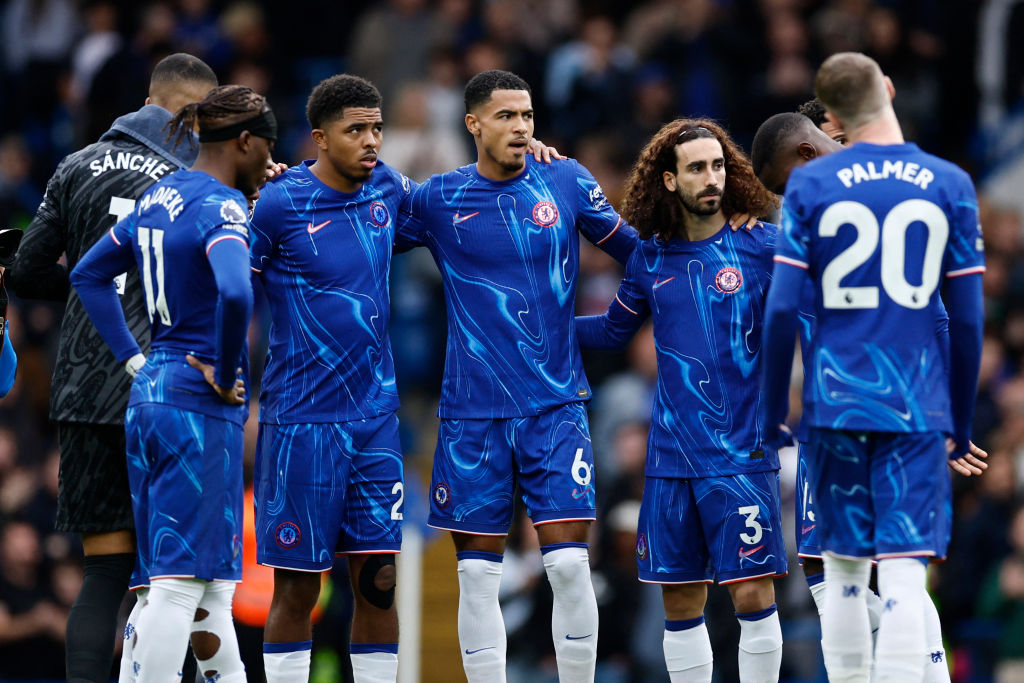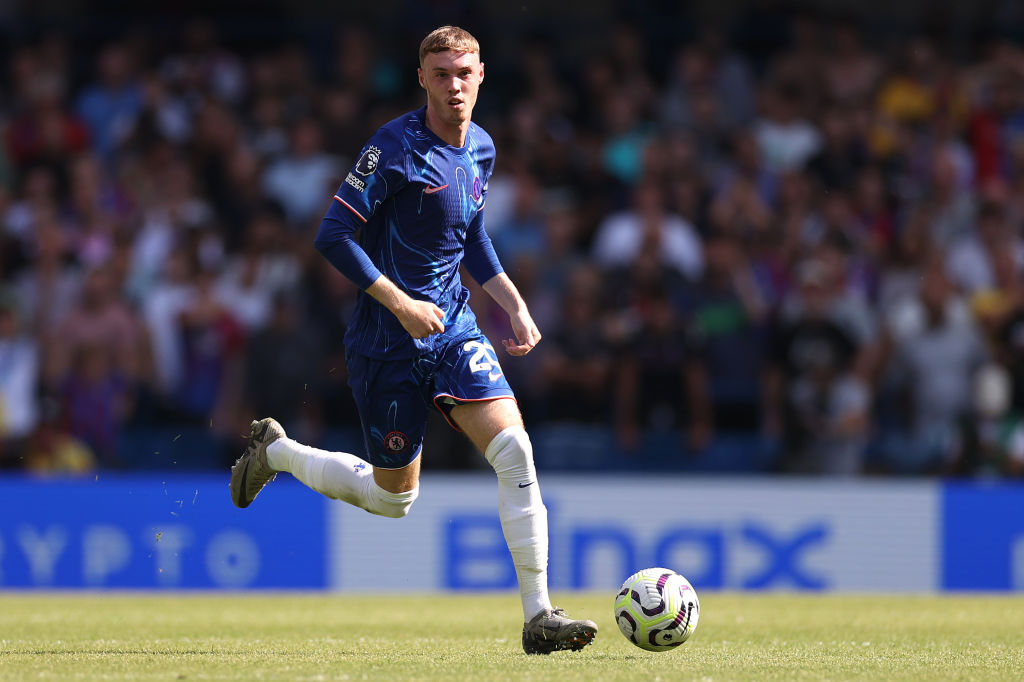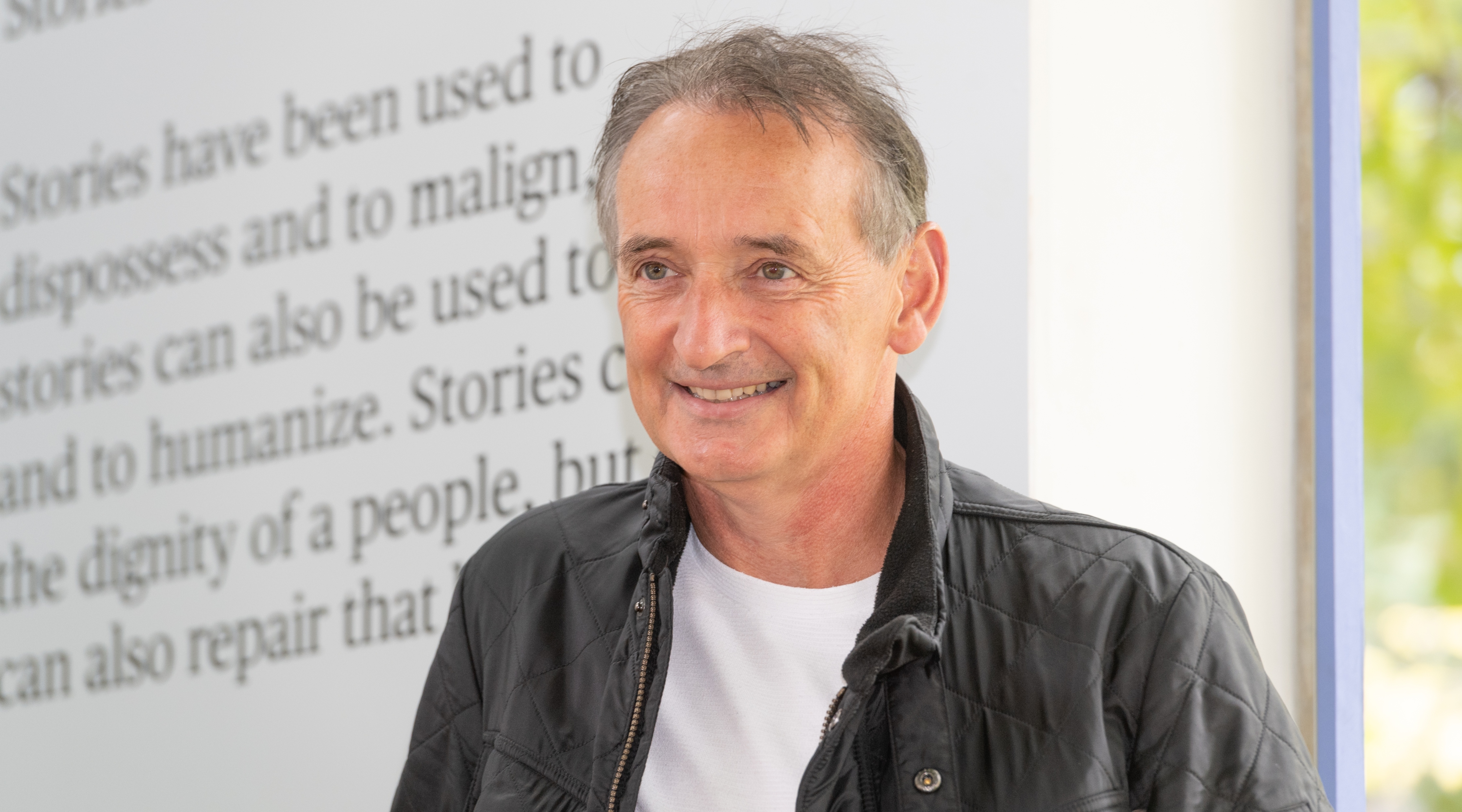
Chelsea owner Todd Boehly has faced plenty of ridicule since taking the reins at Stamford Bridge in 2022, though one former Blue believes the "high risk" transfer policy is certainly one that could work in time.
While Chelsea have spent around £1.2bn on players in transfer fees alone since Boehly's takeover two-and-a-half years ago, as well as burning through managers: Thomas Tuchel, Graham Potter, interim boss Frank Lampard, then Mauricio Pochettino, there have been some clear successes within the recruitment.
Cole Palmer is the side's standout star, while Enzo Fernandez, Moises Caiceido and a host of other expensive players have shown glimpses of their capabilities. There’s clearly been method to the madness, though, with former Chelsea winger Pat Nevin believing that one clear plan has emerged within the chaos.
Chelsea opting for a "high risk, high reward" strategy

“It took a number of months before I could say, ‘Oh right, OK, I know what you’re doing now’,” Nevin exclusively tells FourFourTwo. “The outline of the idea was that younger players are going to increase in value, so get them as young as possible.
“The one thing that didn’t tie up is that lots of clubs have done that before but Chelsea paid loads of money to get these players in, whereas other clubs were getting them in really cheap. Chelsea were paying £100m for some players, £25m for others, for a squad of untested talent in the Premier League.”
Such a plan required a balance to be struck between short-term success on the pitch and the development of younger players, whether they stayed at the club or moved on for financial gain.

“You’ve got to give this sort of plan at least two years,” Nevin says. “There were players coming in who were 17, 18, 19, 20, who had never played in England and had never played with each other. It’s a lot to take on board.
VIDEO: Why Enzo Maresca's Chelsea Are The Real Deal
“But when you realise how much of the recruitment has been data-driven, you think, ‘Actually, this is an interesting experiment’. Others have previously used data in that way – Liverpool, Spurs, Brighton – but this has been an extreme version of it. And it’s high risk, because if you give people contracts of six, seven or eight years, not all of them will improve at the rate you expect, although you only need a percentage of them to do that.
"Also, if you’re making 19-year-old lads into millionaires, how many will remain hungry, especially if they’re not getting game time? It’s high risk, high reward.”







